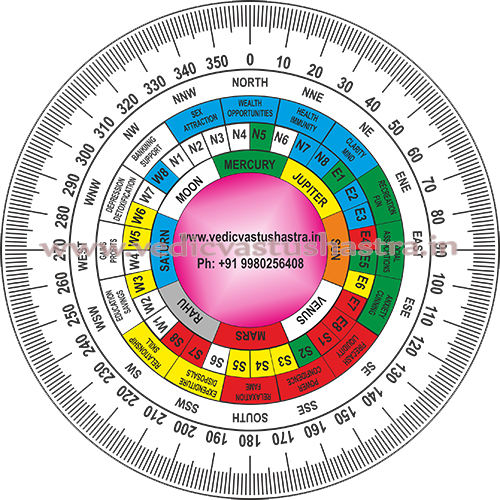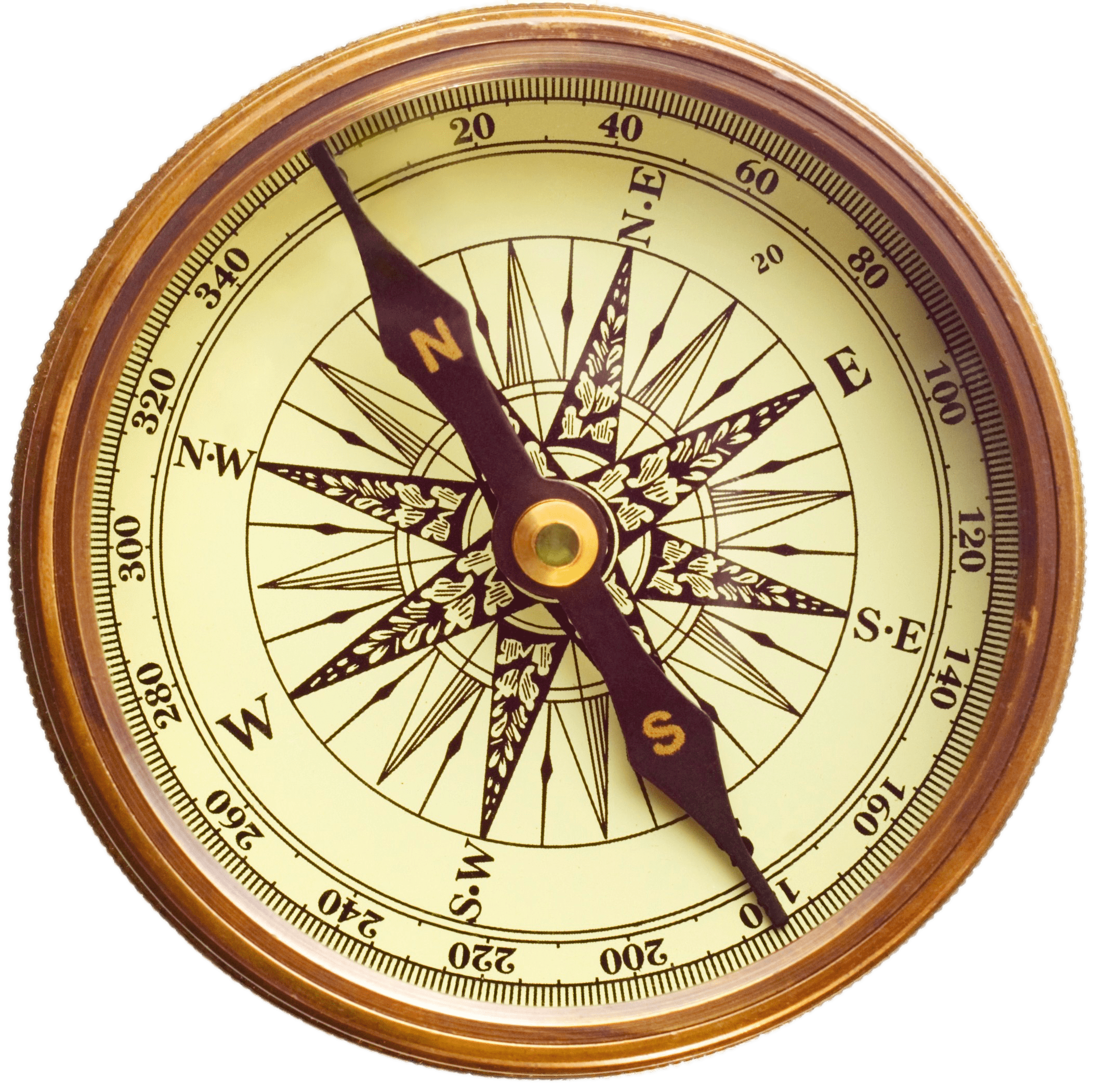Vastu Chakra
A Measuring tool in Vastu
Vastu Chakra

Vastu Chakra is an analytical tool used in Vastu Shastra, the ancient Indian science of architecture and construction. It is based on the Vastu Mandala, which is a diagram that represents the metaphysical plan of a building, incorporating various cosmic influences.
Components of Vastu Chakra
1. Vastu Purusha Mandala
2. Directions and Elements
3. Zones and Energies
4. Positive Zones: Areas promoting prosperity, health, and happiness.
Benifits of Vastu Chakra
1. Site Analysis
2. Layout Planning
3. Remedies and Corrections
4. Practical Applications
5.Residential Buildings: Designing homes to promote health, wealth, and happiness.
6.Commercial Spaces: Planning offices, shops, and factories for success and productivity.
7.Public Buildings: Creating harmonious and beneficial environments in schools, hospitals, and other public structures.
By utilizing the Vastu Chakra and Vastu Mandala, practitioners aim to create spaces that are in harmony with the natural and cosmic energies, promoting overall well-being and prosperity for the occupants.
Vastu chakra - 16 Directions
Vastu Shastra, an ancient Indian science of architecture and buildings, incorporates the concept of Vastu Chakra, which maps out various directions and their associated energies and deities. Traditionally, Vastu Shastra primarily considers eight main directions: North, South, East, West, Northeast, Northwest, Southeast, and Southwest. However, a more detailed analysis extends this to 16 directions, each associated with specific attributes and influences.
East (Indra) Associated with: Prosperity, strength Elements: Water, air East-Northeast (Aagneya/Ishaan) Associated with: Health, peace Elements: Water, air Northeast (Ishaan) Associated with: Spirituality, health Elements: Water North-Northeast (Vayavya) Associated with: Growth, wealth Elements: Air North (Kubera) Associated with: Wealth, growth Elements: Water, earth North-Northwest (Vayavya) Associated with: Stability, protection Elements: Air Northwest (Vayavya) Associated with: Health, prosperity Elements: Air West-Northwest (Vayavya) Associated with: Stability, protection Elements: Air West (Varuna) Associated with: Stability, control Elements: Water, earth West-Southwest (Nirrti) Associated with: Stability, protection Elements: Earth, water Southwest (Nirrti) Associated with: Wealth, protection Elements: Earth South-Southwest (Nirrti) Associated with: Stability, strength Elements: Earth South (Yama) Associated with: Strength, power Elements: Fire, earth South-Southeast (Agneya) Associated with: Health, prosperity Elements: Fire, earth Southeast (Agneya) Associated with: Energy, strength Elements: Fire East-Southeast (Agneya) Associated with: Health, energy Elements: Fire, air





